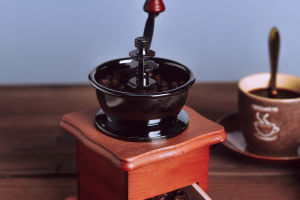The art of tea is a practice that has been celebrated for centuries, across cultures and continents.
From the elegance of a traditional Japanese tea ceremony to the simplicity of a cup of English breakfast tea, the art of tea encompasses a wide variety of customs, rituals, and traditions.
At its core, the art of tea is about more than just the beverage itself – it is a way of life, a philosophy, and a means of connecting with others.
One of the most well-known tea traditions is the Japanese tea ceremony or cha-no-yu. This highly formalized ritual involves the preparation and serving of matcha, a powdered green tea.
The ceremony is typically conducted in a tea house or other designated space and involves a series of carefully choreographed movements and gestures.
The tea is prepared in front of the guests, who then drink it in silence, savoring its flavor and aroma.
The Japanese tea ceremony is not just about the tea itself – it is also a celebration of harmony, respect, and tranquility.
The careful preparation of the tea and the attention to detail in the ceremony are meant to create a sense of mindfulness and awareness in the participants.
By focusing on the present moment and the act of drinking tea, participants can cultivate a sense of inner peace and connection with the world around them.
Another tea tradition that is beloved around the world is the British tea ceremony.
While less formal than the Japanese tea ceremony, the British version of tea time is no less steeped in tradition and ritual.
Classic British tea is typically a blend of black teas, served with milk and sugar. Scones, sandwiches, and other small bites are often served alongside the tea.
The British tea ceremony is a symbol of hospitality and conviviality.
It is often associated with the idea of taking a break from the hustle and bustle of daily life to sit down and connect with friends or loved ones over a cup of tea.
Beyond these two iconic tea traditions, there are countless other tea customs and rituals around the world.
In China, for example, tea is often served in small ceramic cups and is enjoyed as part of a larger social gathering.
In Morocco, mint tea is a popular beverage, and is traditionally served in small glasses with sugar cubes.
From the formalized rituals of the Japanese tea ceremony to the conviviality of British tea time, the act of preparing and sharing tea has long been a symbol of connection, harmony, and tranquility. Whether enjoyed alone or with others, a cup of tea can be a powerful reminder of the beauty and simplicity of life.


